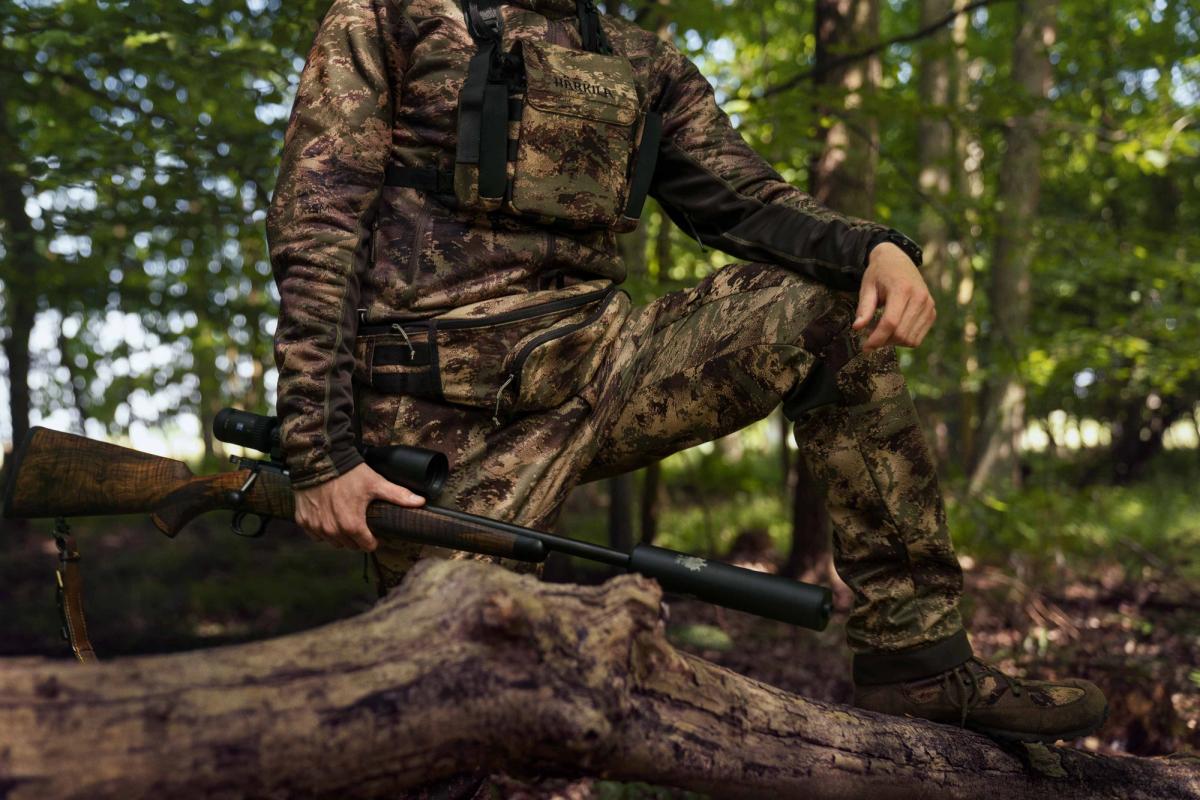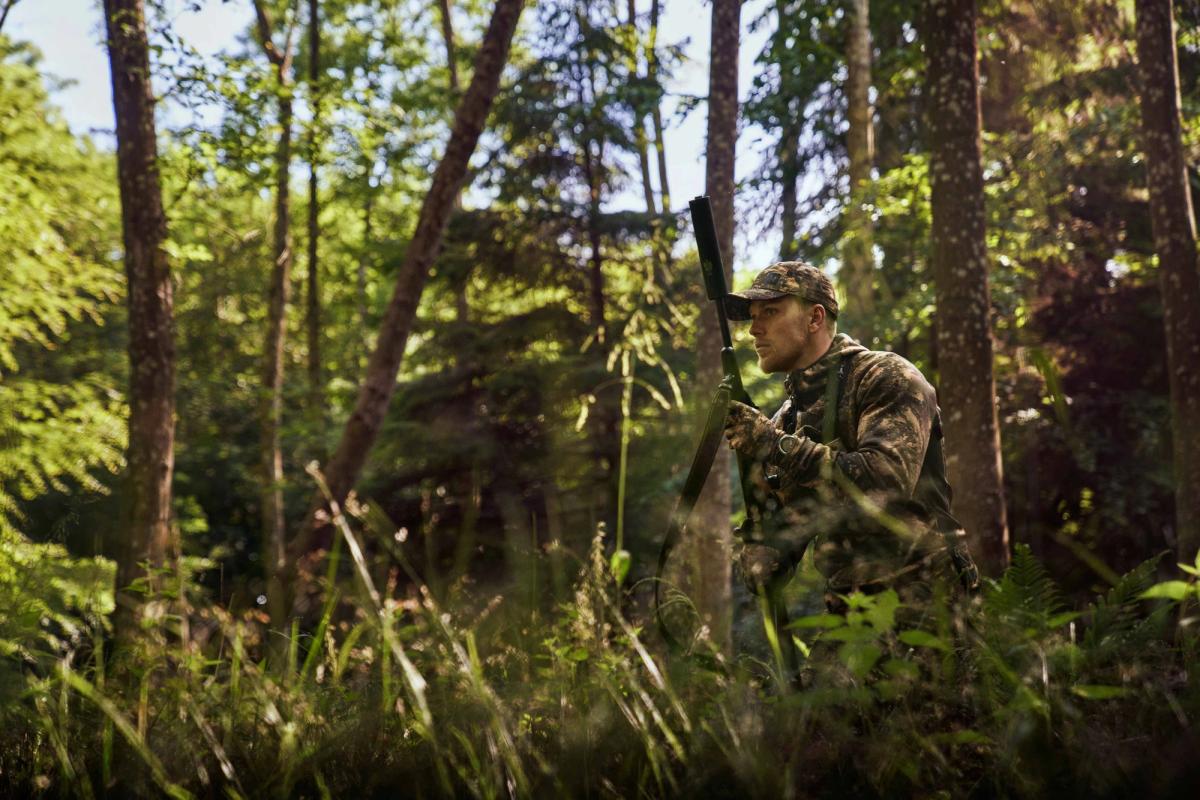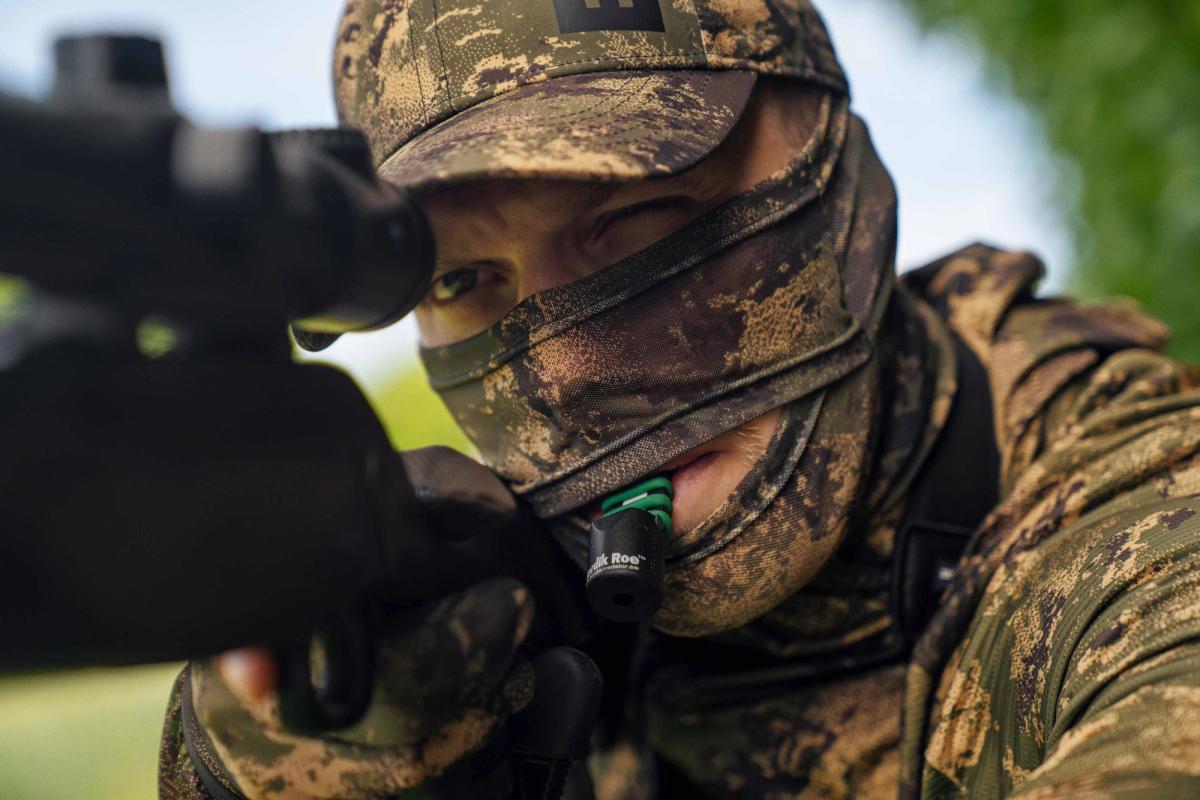Methods to optimize your camouflaging skills
How to camouflage yourself effectively?
Hunting requires a lot of patience, skill, and preparation. One of the most important things for a hunter is to blend in with their surroundings, not to spook their prey. This is where camouflage comes in. In this article, we will discuss some tips and techniques and try to answer the question of how to use camouflage effectively while hunting?
1. Choose the right camo pattern
The first step to effective camouflage is to choose the right camo pattern for your hunting environment. Different patterns are designed for different types of terrain, such as woodland, grassland, mountains or desert. Choosing a pattern that closely matches the environment you will be hunting in is important to blend in as much as possible. Be aware that things in nature are never 2D printed like your camouflage, so supplementing it with vegetation will make your overall camouflage much more "lively". You do have the advantage that most species of deer have a poor perception of depth, but movement will catch their eye. You can read more about the vision of different species of deer in Explained: The Vision of Red Deer, Fallow Deer and Roe Deer.

2. Movement
Interestingly, most prey animals have excellent peripheral vision to recognize predators moving in on them, e.g. deer and hares have a very wide angle of vision (300 degrees) as opposed to humans (120 degrees). From a hunter's perspective, it also means they detect movement very well. Thus, if you can move while they are occupied grazing and then stand perfectly still when they look up, you can get very close to them.
If you want to increase your chances of success while stalking and moving around in the terrain, you can read the article; How To Stay Hidden While Stalking?

3. Use the environment as camouflage
Try to identify a location that offers natural cover and concealment. A great way to find a suitable position is to consider the four factors; vegetation, light conditions, background, and movement.
Vegetation can be used to strengthen your camouflage. Placing yourself in or next to vegetation can enhance the attributes of great camouflage clothing and helps break the hunter's outline. NB: pay attention to the kind of vegetation you are in; having a very dark camouflage pattern will not help you in a bright environment.
The light conditions can really have a significant impact on an animal's ability to detect you. Finding a dark place in the shade can increase your chances of success. Exposing yourself to direct sunlight makes you much more likely to be spotted. Interestingly, everything in the forest seems at first glance like a blurry mass of vegetation; if there is particular light on your camouflage pattern, it will still stand out from the "mass of vegetation". Optimally, you should look for a spot in the shade and the sun in your back, so the game will have to look towards the sun, giving you a distinct advantage. A good background can blur your silhouette and make you blend in. Find a dark and shady background since a light background could make you more visible with a dark silhouette in contrast to the light surroundings.
Movement – If it is windy and everything around you is moving, standing very still in front of a bush will still make you stand out as opposed to the rest of the forest. Standing behind a moving bush in windy conditions could help you mask your presence.

4. Camouflage is not only visual - pay attention to scent.
It's not just your appearance that can give you away, but also your scent. Many animals have a keen sense of smell, and if you smell like a human, you are likely to spook your prey. Products such as scent-eliminating soaps, sprays, and deodorants can help you hide your scent but will rarely eliminate it completely. Knowing the wind direction and where your scent is carried by the wind and making your strategy based on the wind direction will really benefit you in the field.

5. Dress from head to toe.
Some might say it's a bit of an overkill, but to be fully camouflaged, it is essential to dress from head to. Some of the biggest giveaways for animals are your hands, your facial features, and the silhouette of your head on your shoulders. Your hands are the most moving part of your body, and covering them up can help mask the movement or at least make it less profound. The facial feature of humans is recognizable for animals. Therefore, covering up your face can help minimize the chance of an animal detecting your presence. Lastly, Humans are the only animals that stand vertically, and thus the silhouette of a head on some squared-off shoulders is distinctly human - Try to break up the outline of your shoulders by putting on a hood or wearing a scarf or vegetation coming down from your head towards your shoulders.

To sum up, camouflage can be a big part of your way of hunting and using it effectively can make all the difference in whether you are successful in your hunt. By choosing the right camo pattern, using natural elements, and paying attention to scent, you will increase your chances of blending in with your surroundings and making a successful shot.